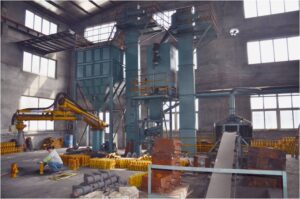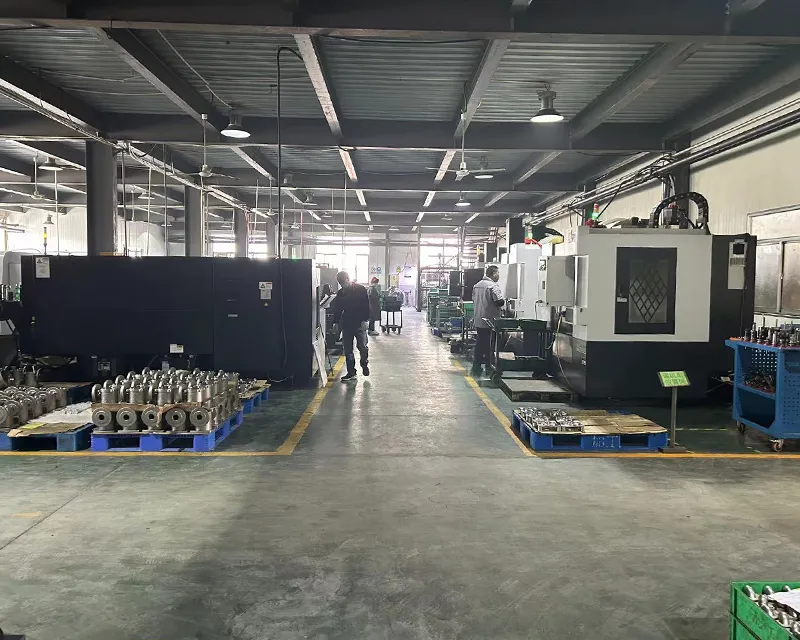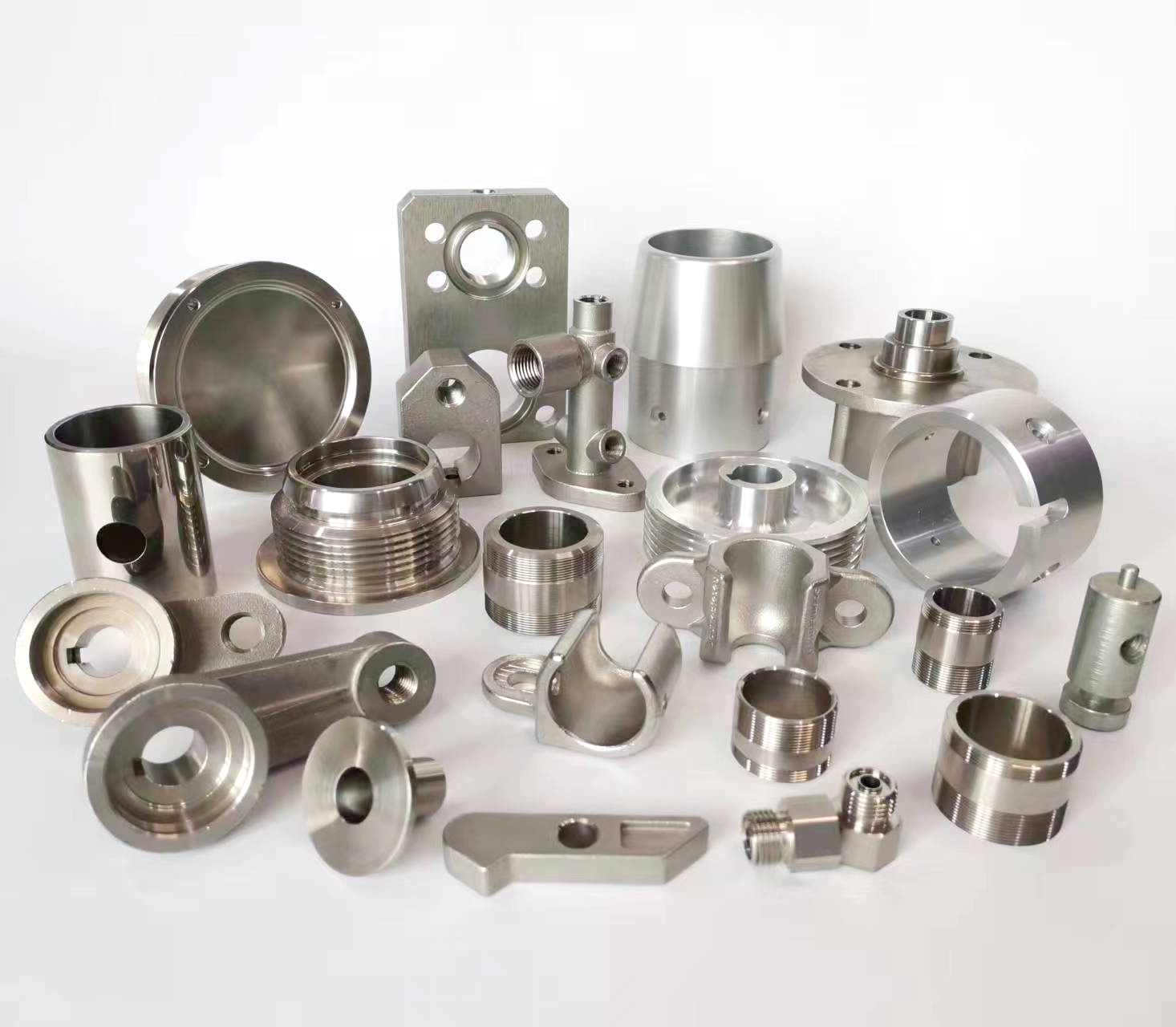Wrought Iron
The first type of iron produced and worked by blacksmiths was wrought iron. It is virtually pure elemental iron (Fe) that is heated in a furnace before being wrought (worked) with hammers on an anvil. Hammering iron expels most of the slag from the material and bonds the iron particles together.
During the Industrial Revolution and the associated acceleration of construction activities, a new use for wrought iron was discovered. Its high tensile strength (resistance to breaking when under tension) made it ideal to use for beams in large construction projects such as bridges and high-rise buildings. However, the use of wrought iron for this purpose was largely abandoned in the early 20th century when steel products with superior performance were developed for construction applications. Wrought iron has also become famous for decorative pieces. Churches of the 15th and 16th century contain fine wrought iron pieces produced by skilled artisans. In the modern world, railings, doors, and benches are still made from wrought iron as custom pieces.
Cast Iron
Cast iron is produced by smelting iron-carbon alloys that have a carbon content greater than 2%. After smelting, the metal is poured into a mold. The primary difference in production between wrought iron and cast iron is that cast iron is not worked with hammers and tools. There are also differences in composition—cast iron contains 2–4% carbon and other alloys, and 1–3% of silicon, which improves the casting performance of the molten metal. Small amounts of manganese and some impurities like sulfur and phosphorous may also be present. Differences between wrought iron and cast iron can also be found in the details of chemical structure and physical properties. Although both steel and cast iron contain traces of carbon and have a similar appearance, there are significant differences between the two metals. Steel contains less than 2% carbon, which enables the final product to solidify in a single microcrystalline structure. The higher carbon content of cast iron means that it solidifies as a heterogeneous alloy and has more than one microcrystalline structure present in the material. It is the combination of high carbon content, and the presence of silicon, that gives cast iron its excellent castability. Various types of cast irons are produced using different heat treatment and processing techniques, including gray iron, white iron, malleable iron, ductile iron, and compacted graphite iron.
This depiction of cast iron’s atomic structure highlights its chemical composition with carbon and silicon.
Gray Iron
Gray iron is characterized by the flake shape of the graphite molecules in the metal. When the metal is fractured, the break occurs along the graphite flakes, which gives it the gray color on the metal’s surface—the name gray iron comes from this characteristic.
It is possible to control the size and matrix structure of the graphite flakes during production by adjusting the cooling rate and composition. Gray iron is not as ductile as other forms of cast iron, and its tensile strength is also lower. However, it is a better thermal conductor and has a higher level of vibration damping. It has a damping capacity that is 20–25 times higher than steel, and superior to all other cast irons.
Gray iron is also easier to machine than other cast irons, and its wear resistance properties make it one of the highest volume cast iron products. Vibration damping and wear resistance are properties that make this the right material for many street applications, which is why our hardscape products make use of this material. Raw grey iron also produces a patina that keeps it safe from destructive corrosion even outdoors.
White Iron
With the right carbon content and a high cooling rate, carbon atoms combine with iron to form iron carbide, this leaves little to no free graphite molecules in the solidified material. When white iron is sheared, the fractured face appears white due to the absence of graphite. The cementite microcrystalline structure is hard and brittle with a high compressive strength and good wear resistance. In certain specialized applications, it is desirable to have white iron on the surface of the product. This can be achieved by using a good conductor of heat to make part of the mold. This will draw heat out of the molten metal quickly from that specific area, while the rest of the casting cools at a slower rate.
One of the most popular grades of white iron is Ni-Hard Iron. The addition of chromium and nickel alloys gives this product excellent properties for low impact, sliding abrasion applications.
White irons and ni-hard irons fall under a classification of alloys referred to as ASTM A532 (Standard Specification for Abrasion-Resistant Cast Irons).
Malleable Iron
White iron can be further processed into malleable iron through the process of heat treatment. An extended program of heating and cooling results in the breakdown of the iron carbide molecules, releasing free graphite molecules into the iron. Different cooling rates, and the addition of alloys, produce a malleable iron with a microcrystalline structure. This process transforms the iron into a material that is more ductile and less brittle, making it ideal for applications requiring toughness and machinability.
Ductile Iron (Nodular Iron)
Ductile iron, or nodular iron, obtains its special properties through the addition of magnesium into the alloy. The presence of magnesium causes the graphite to form in a spheroid shape as opposed to the flakes of gray iron. Composition control is very important in the manufacturing process. Small amounts of impurities such as sulfur and oxygen react with the magnesium, affecting the shape of the graphite molecules. Different grades of ductile iron are formed by manipulating the microcrystalline structure around the graphite spheroid. This is achieved through the casting process, or through heat treatment, as a downstream processing step.
Because ductile iron deforms on impact, rather than shattering into shards, we use the material to make our cast iron bollards. Ductile iron’s impact profile makes it a good cast iron for bollards near vehicle traffic.
Compacted Graphite Iron
Compacted graphite iron has a graphite structure and associated properties that represent a blend of gray and white iron. The microcrystalline structure is formed around blunt flakes of graphite which are interconnected. An alloy, such as titanium, is used to suppress the formation of spheroidal graphite. Compacted graphite iron has a higher tensile strength and improved ductility compared to gray iron. The microcrystalline structure and properties can be adjusted through heat treatment or the addition of other alloys.






